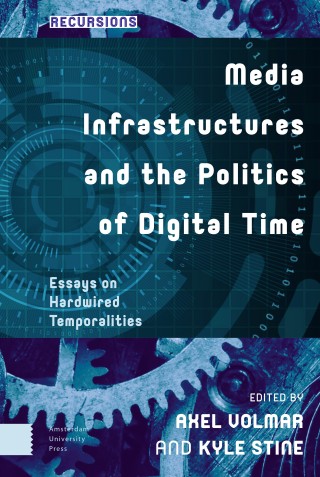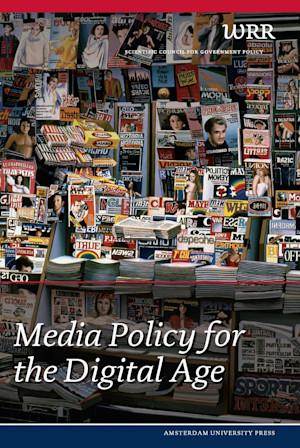Traditionally, the Netherlands has enjoyed being a test market for many ideas in the media. But over the last decade, progress has been severely hampered by lengthy discussions on the future structure of just one sector of media, namely public broadcasting via radio and television. The narrow approach results in a lot of paper, speeches and theories, but little in the way of definitive policy making.
In a report to the government, published in February 2005, the Scientific Council for Government Policy (WRR) argued for very different approaches to policy making. The recommendations are not only much broader than “broadcasting”; they tackle the challenges of making robust policy from new angles. Instead of trying to repair the old compass, the approach has been to find new instruments to help policymakers navigate the stormy and often confusing waters ahead. Perhaps the problem in the Netherlands is not accepting the new media, but rather accepting that the role “old” media has undergone a paradigm shift.
Since the bulk of the WRR findings were published in the Dutch language, this summary is intended to provide readers outside the Netherlands with an insight into the issues at stake – and the solutions suggested by the WRR.
Also available in Dutch
Focus op functies
